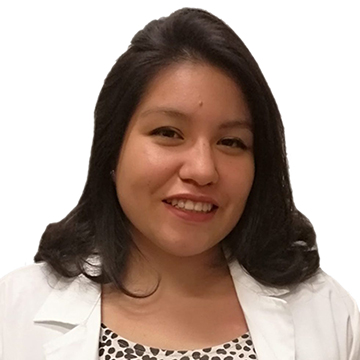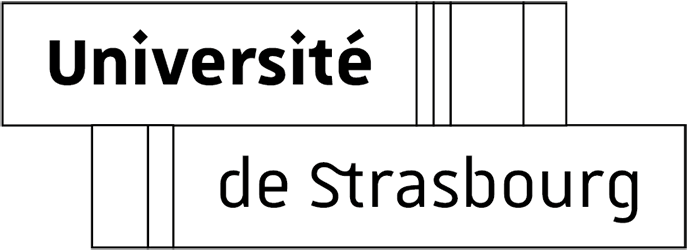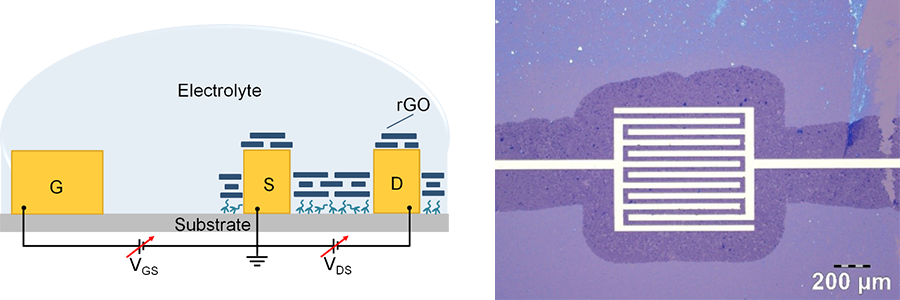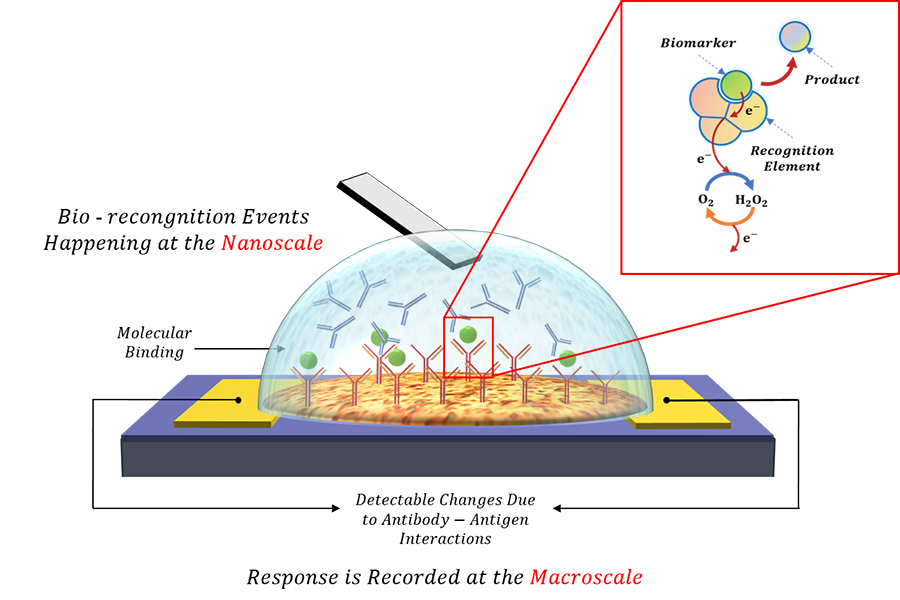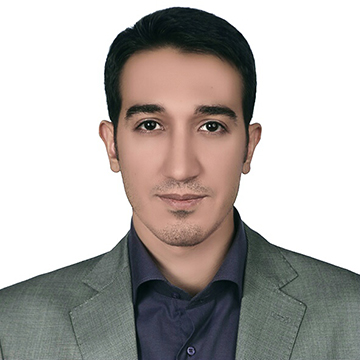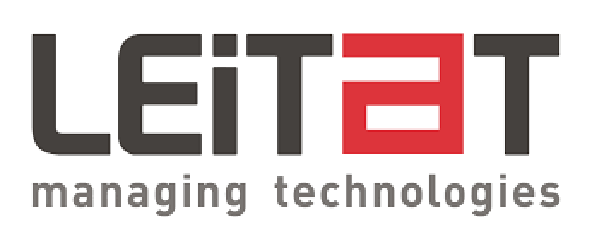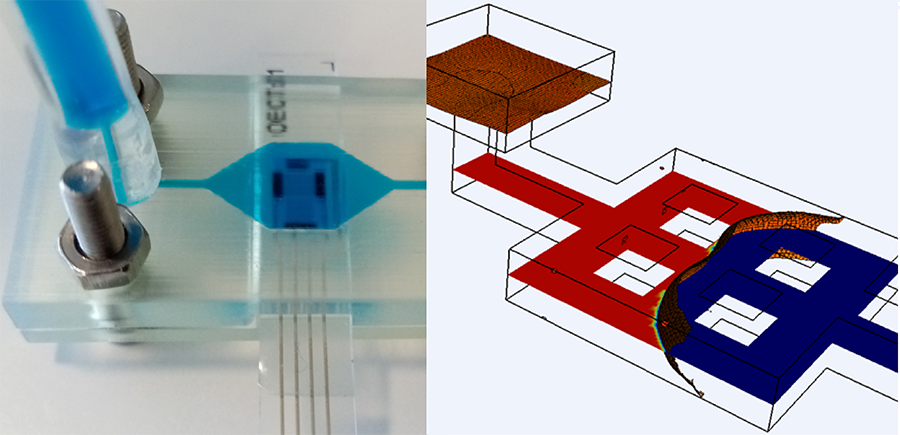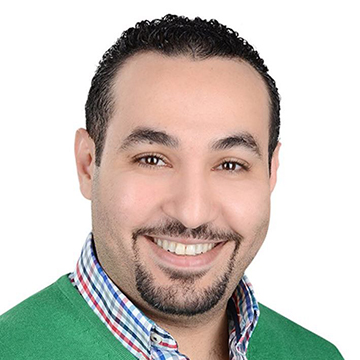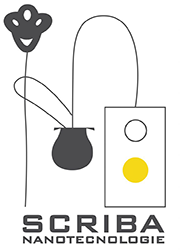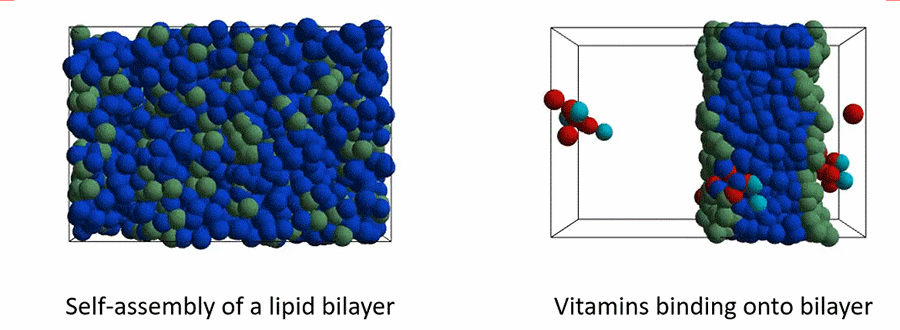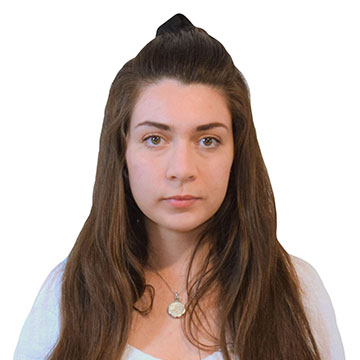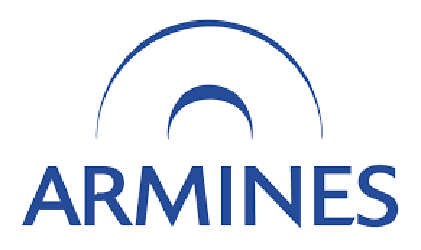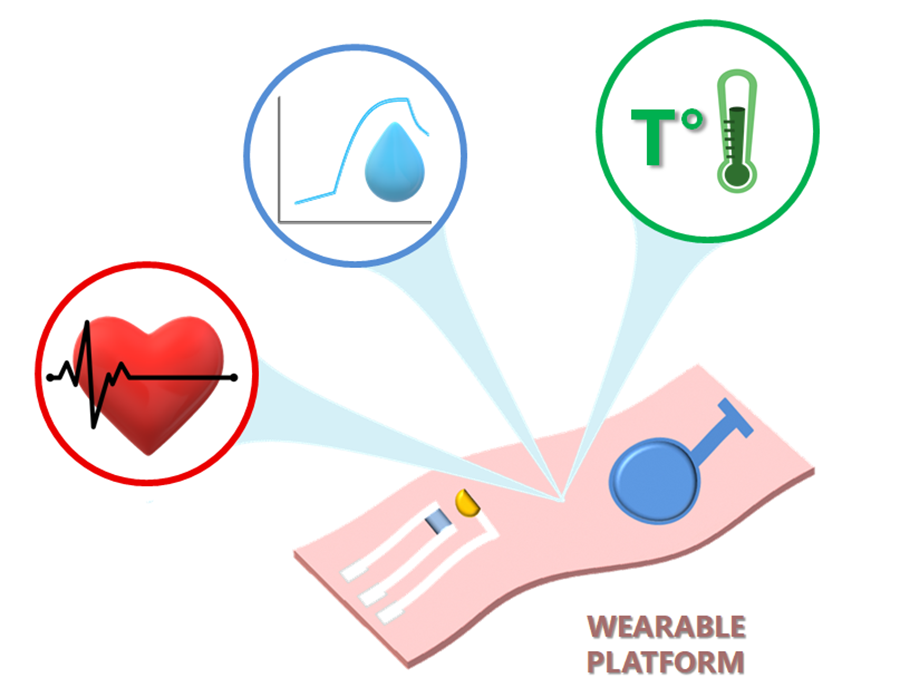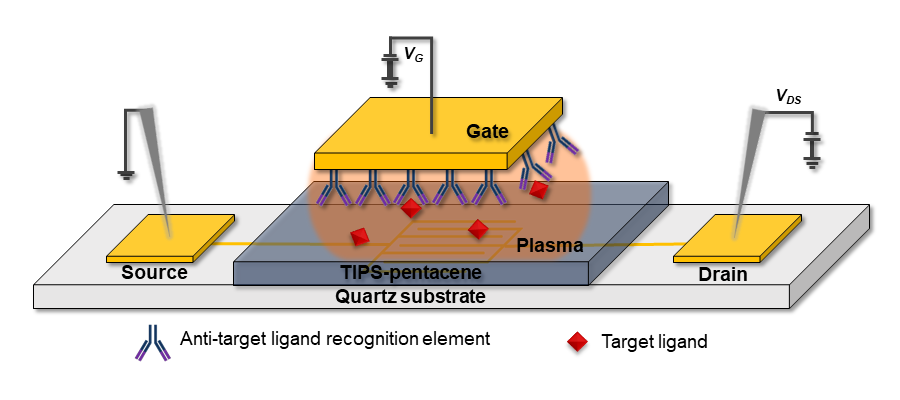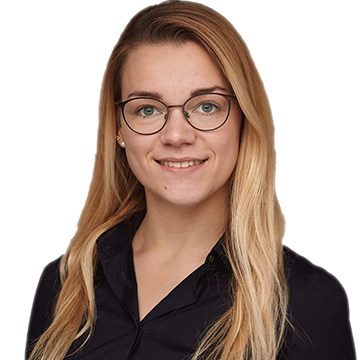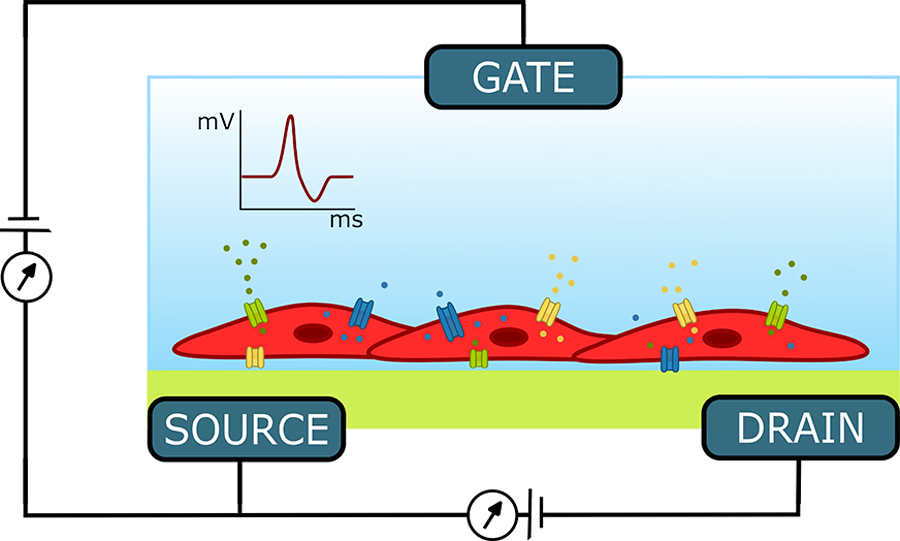A team of 15 Early Stage Researchers from 11 different nationalities are recruited by leading institutions and companies in Europe to work towards the common goal, i.e. Biosensing with ORGanic ElectronicS.
The Marie Skłodowska-Curie Action (MSCA) funded BORGES collaboration aims to form the next generation of R & D innovators in organic bioelectronics, covering the full spectrum from fundamentals to technological developments. Organic bioelectronics being a highly interdisciplinary field demands a multidisciplinary mindset that spans the whole range of the spectrum to make significant scientific advances. The requirement asserts familiarity with different aspects of the biosensing, but BORGES also trains them in making connections necessary to lead innovations.
Five different elements that BORGES addresses which take the knowledge from labs to the society answer the following 5H questions:
How the molecular events manifest itself as an electrical response in organic electronic biosensors?
The physical understanding of the transduction mechanism leading to the biosensor response is crucial to improve their performance. The study of these nanoscale events requires the development of characterization tools which could probe them at the nanoscale. That's what and will achieve within the BORGES project. It will be supported by , who will develop theoretical models and simulations. The same would be explored by via a multifaceted approach combining optical and electrical schemes in novel biosensors' architectures.
How does the selection of active materials and fabrication routes affect the biosensor's performance?
The ability of a biosensor to operate in physiological conditions is highly dependent on the morphology and composition of the active material. It is further influenced by the type of fabrication and functionalization protocols implemented. Towards this end, , and will work on developing biofunctionalized films and interfaces having controlled properties utilizing structure-function relations.
How to make biosensors operatable with complex biological samples?
Sensing analytes or biomarkers of different sizes require fabricating novel biosensor architectures. It generally involves designing a microfluidics-based cartridge for pre-treatment of complex biological samples and then integrating individual sensors in the multiplex platform. Towards this end, will fabricate biosensors for small analytes such as food toxins or odorants molecules. will fabricate and optimize OECT-based (Organic Electrochemical Transistor) biosensors for the detection of chemokines in cerebrospinal fluid samples. and will develop EGOT-based (Electrolyte Gated Organic Transistor) biosensors for detection and quantification of different proteins in plasma samples. will design microfluidic devices for label-free separation of biomarkers, integrable with devices fabricated above.
How to take these devices from labs to the market?
Deploying the variety of "proof-of-concept" biosensors developed by research labs needs reliable and cost-effective scaleable fabrication strategies. Towards this end, will evaluate the different printing and dispensing techniques for fabricating OECTs and EGOFETs. will create a simulation model for optimizing the design of 3D-printed microfluidics, validated and implemented via additive manufacturing techniques. And will investigate cost-effective manufacturing methods and integrating solutions for the development of a wearable multimodal health platform suitable for clinical validation.
How to validate the usability of the developed biosensors in clinical practice?
Biosensors response correlated with the stages in a disease progression or the efficacy of a particular treatment would render them as an essential tool in clinical practices. That's what will try to understand by discovering novel biomarkers in body fluids such as cerebrospinal fluid (CSF) and plasma. But transferring such knowledge about biosensors from peoples working in one domain into another requires establishing a bidirectional communication interface accessible to both parties, taking into account the non-bioinformatics medical end-user. Here comes the work of , who will develop graphical user interface visualizing outcomes of a sensing experiment from a molecular modelling perspective.
The ESRs tackles each aspect via collaborations and secondments at various nodes within the BORGES network. Their individual roles can be explored in more detail through the interactive image below (click on the fellow's picture).


Stay tuned for more updates!

